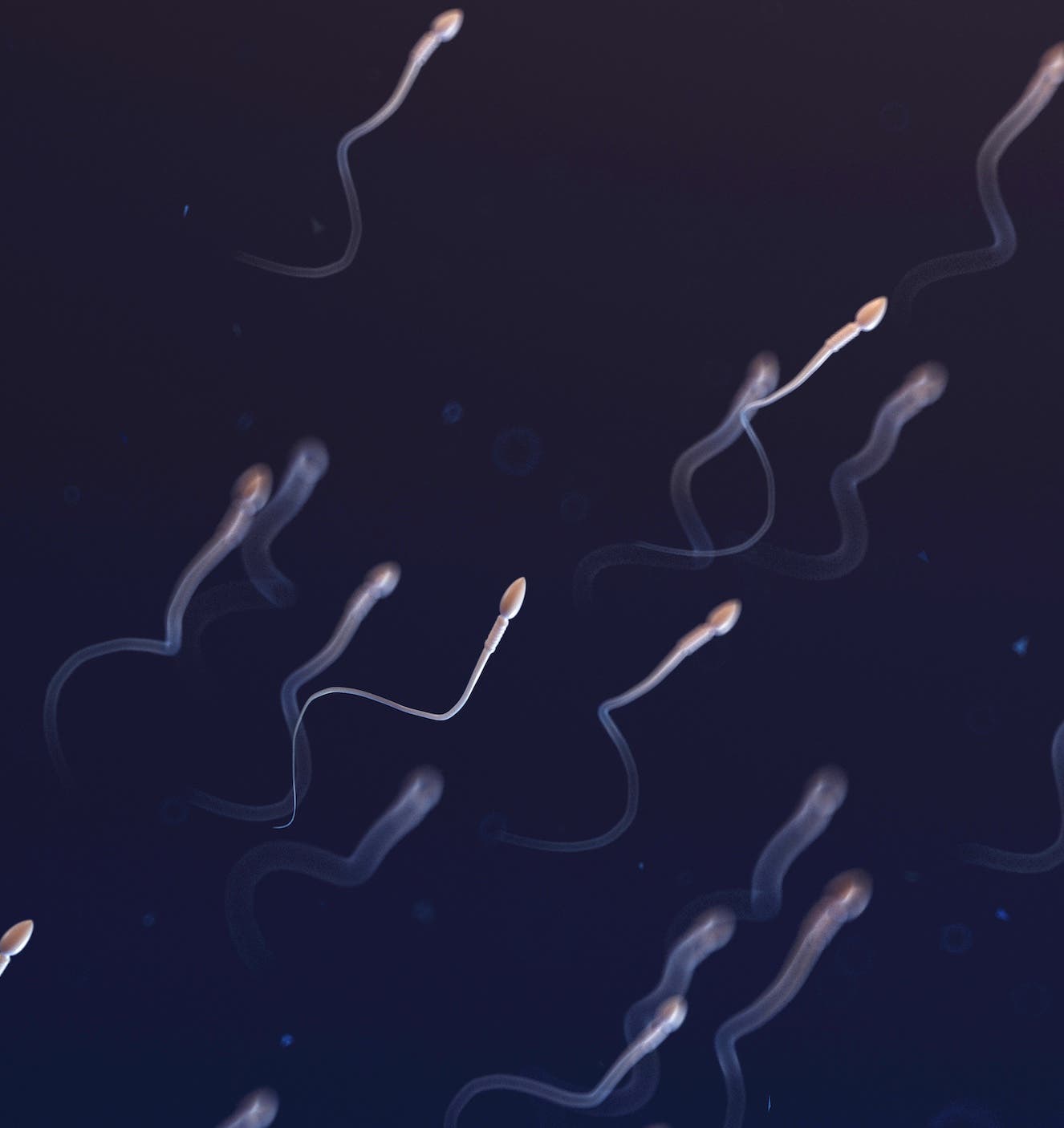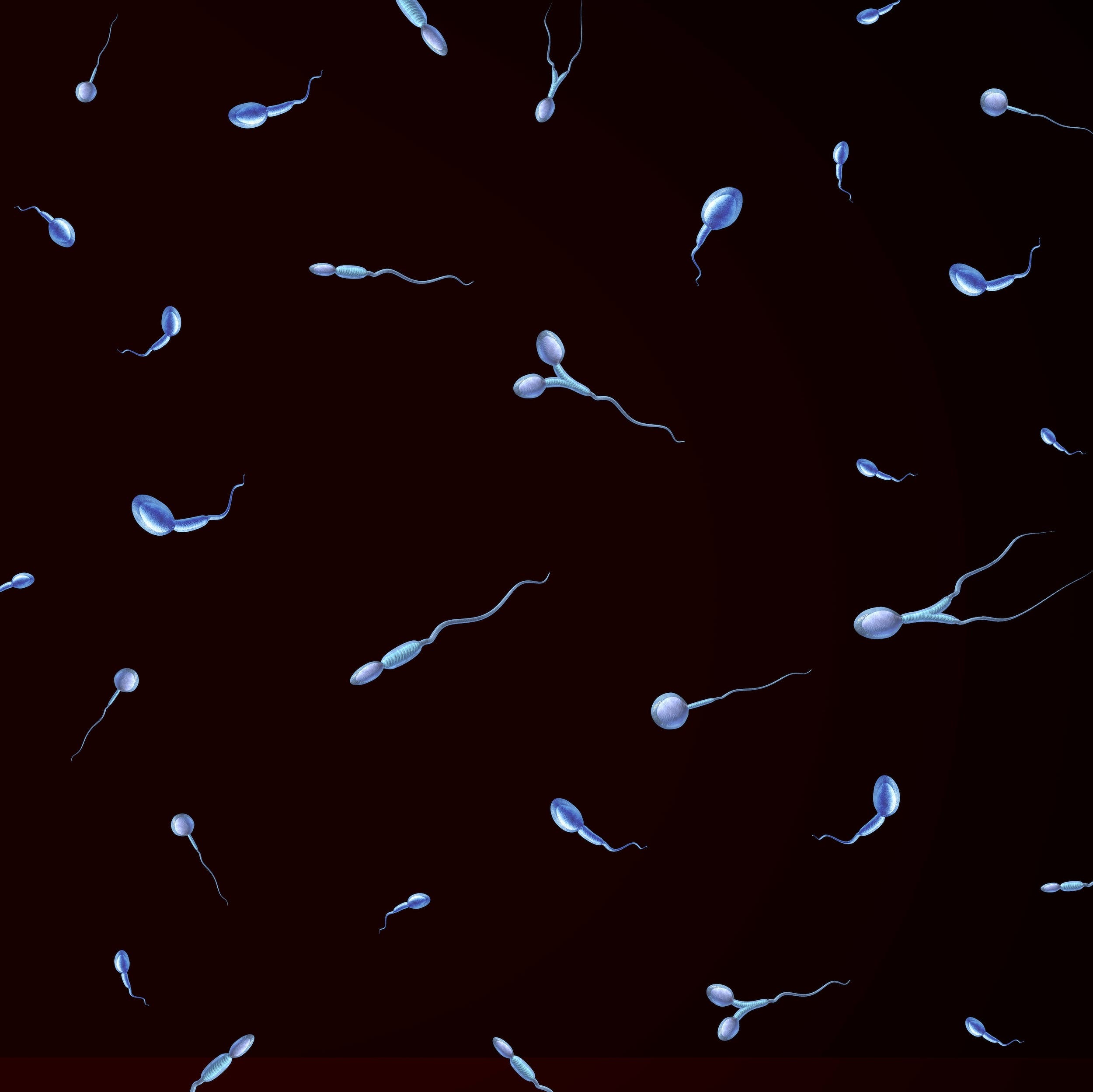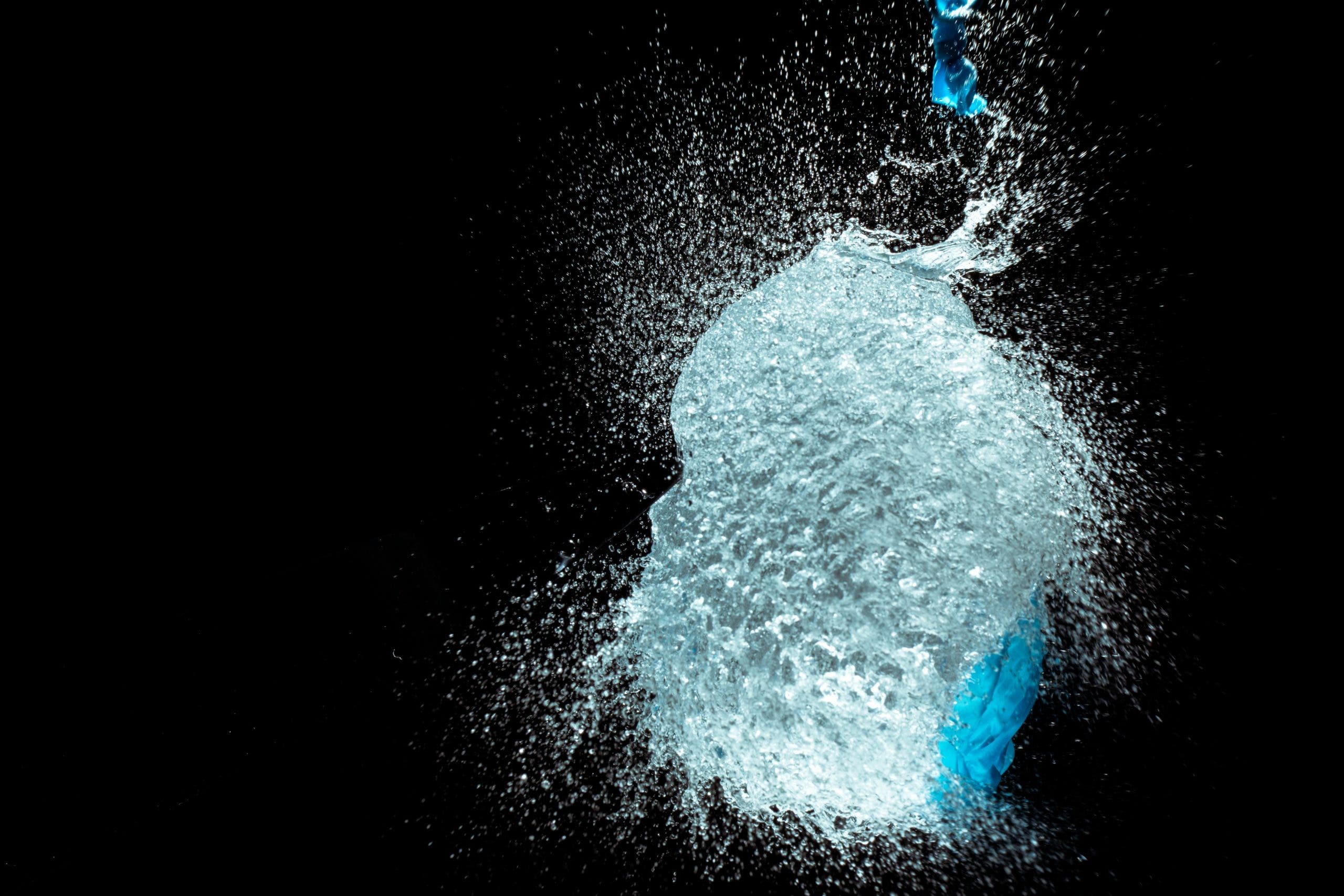The idea that men can pass along genetic mutations to their children dates back to at least the 1930s, when one pioneering geneticist began investigating a distinct pattern among families with long histories of hemophilia. His concluding theory: Fathers likely passed along more genetic mutations to their offspring than their mothers did.
More recently, researchers have embarked upon studies regarding DNA fragmentation in men as they age – a condition believed to play a role in miscarriages and infertility – and issues related to epigenetic inheritance, whereby men are believed to pass along emotional traits to their offspring, which implies that the older a man is when he fathers a child, the more trauma he stands to bestow.
Unfortunately, the effects of aging on men seeking to father children extend to still more health areas: A new study from researchers at the Stanford University School of Medicine suggests that older fathers might be responsible for several increased risks at the time of birth, including seizures, a need for ventilation immediately after birth, and low birth weights.
A team led by Michael Eisenberg, MD and associated professor of urology at Stanford, collected data from 40.5 million live births via an information sharing program conducted by the National Center for Health Statistics and the Centers for Disease Control and Prevention.
The data indicated that children born to fathers over the age of 45 were 14 per cent likelier to be admitted to a hospital’s neonatal intensive care unit (NICU); 18 per cent were more likely to experience seizures; and, 14 per cent were more likely to have a low birth rate. Children born to fathers 50 and older were 28 per cent more likely to require care from an NICU.
Furthermore, said Eisenberg, “What was really surprising was that there seemed to be an association between advanced paternal age and the chance that the mother would develop diabetes during pregnancy”.
While the Stanford findings introduce a new wrinkle of concern for men who delay starting a family until later in life, other potential adverse birth outcomes also must be considered.
A 2010 study in the journal Human Reproduction Update reviewed articles about paternal age and reproduction, concluding that paternal age over the age of 40 was associated “with reduced fertility, an increase in pregnancy-associated complications and adverse outcome in the offspring”.
The survey also noted that while invasive diagnostics were an option for evaluating prenatal health in mothers, paternal age did not provide good reasons for similar procedures in men – leaving fathers to more or less wonder about specific effects of their age when it comes to adverse birth outcomes other than those outlined above.
Scientists have also discovered that fathers older than age 45 posed a 48% greater risk for late still births, compared to infants born to fathers aged 25 to 29. The findings, published in the American Journal of Men’s Health, also observed that fathers aged 45+ posed a 19% higher risk for low birth rates; 13% higher risk for preterm birth; and, 29% higher risk for very preterm birth. The authors concluded: “These findings demonstrate that paternal age influences birth outcomes”.
A December 2018 study published in the Journal of Epidemiology & Health included data on 106,652 Finnish children born between 1987 and 2000. Along with previous studies, the Finnish-based study concluded that children born to both older (40 and up) and younger (25 and under) fathers “were at higher risk of poor birth outcomes”.
Of course, men are but one half of the equation when it comes to the effects of aging on starting a family; women also face increasing challenges to fertility as they grow older.
In July 2018, the American College of Obstetricians and Gynecologists updated its FAQ page about how having a baby after age 35 affects fertility and pregnancy. According to the page, potential risks include preeclampsia, defined as a disorder “in which there is high blood pressure and other signs of organ injury in which there is high blood pressure and other signs of organ injury”; miscarriage; stillbirth; uterine fibroids; and endometriosis, “in which tissue that lines the uterus is found outside of the uterus, usually on the ovaries, fallopian tubes, and other pelvic structures”.
As Dr. Eisenberg from the above-noted Stanford study observes, “[H]aving a healthy baby is a team sport” – one that needs to take into consideration the father’s age every bit as much as that of the mother. It’s also one in which protecting your assets as early as advisable represents a vital component to a sound game plan.


